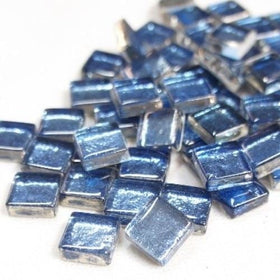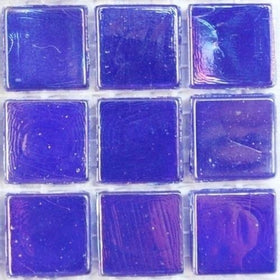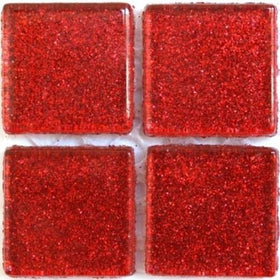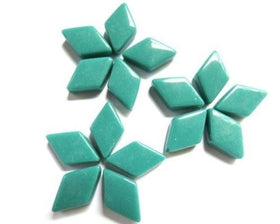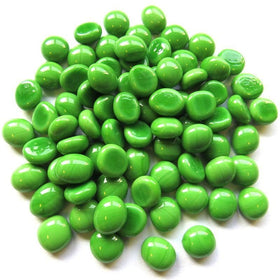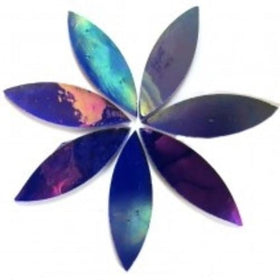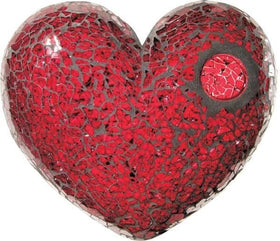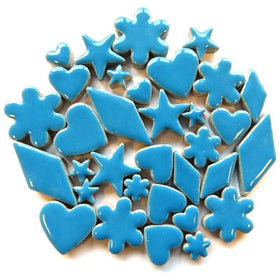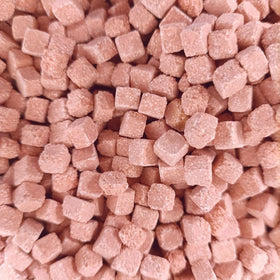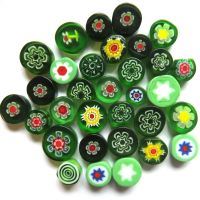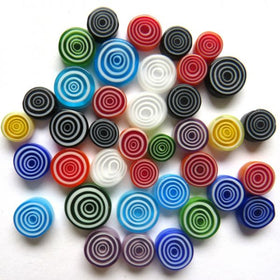
The Einstein Tile and the Fascinating World of Non-Repeating Patterns
Have you ever heard of aperiodic tiling? It's a fascinating area of mathematics that explores the concept of patterns that never repeat and it has deep connections to the art of mosaics. In fact, aperiodic tiling has recently made headlines with the discovery of "the hat," an einstein tile that tiles a surface in a non-repeating pattern. This breakthrough has reignited interest in non-repeating patterns.
The most famous example of aperiodic tiling is the Penrose tiling, named after the mathematician and physicist Sir Roger Penrose. The Penrose tiling uses two rhombus shapes arranged in a specific pattern to tile a plane without any repeating patterns. It has captured the imagination of artists and mathematicians alike and has inspired a range of creative works, including mosaics. The creation of Penrose tiling in the 70's sparked a lot of interest in aperiodic tiling and people began to wonder if it was possible to achieve the same result with just one tile rather than two. This challenge led to the discovery of "the hat."
Inductiveload, Public domain, via Wikimedia Commons
The einstein tile name origin is a play on *ein Stein*, German for "one stone" The tile is an example of an "aperiodic monotile," a shape that can tile a plane in a non-repeating pattern. Aperiodic tiling is a challenging problem in mathematics and the discovery of the new einstein tile is a major milestone in the field.
The discovery of "the hat" has opened up new possibilities for aperiodic tiling and it has been the subject of much excitement and curiosity in the mathematical community. The tile is unique in that it is an example of an aperiodic monotile, meaning that it can tile a plane in a non-repeating pattern all on its own. This is a major breakthrough in the field of aperiodic tiling, as it had previously been thought that aperiodic tiling required multiple tiles to achieve a non-repeating pattern.
The discovery of "the hat" has also sparked renewed interest in the art of mosaics and the creative possibilities that aperiodic tiling can offer. By incorporating aperiodic tiling into mosaics, artists can create stunning and complex designs that capture the imagination and communicate abstract concepts.
Gringer, CC BY-SA 4.0, via Wikimedia Commons
Mosaics often use repeating patterns but they can also incorporate aperiodic tiling to create unique and striking designs. The use of aperiodic tiling in mosaics can add a sense of depth and complexity to the work, and can be a powerful way to communicate abstract concepts.
At Hobby Island, we're passionate about the art of mosaics and the endless possibilities it offers. Whether you're a seasoned mosaic artist or just starting out, we have everything you need to create beautiful, intricate works of art. Our selection of high-quality materials, including tiles, tools, and adhesives, will help you bring your vision to life. So why not explore the world of aperiodic tiling and see where your creativity takes you? Who knows, you may just discover the next einstein tile or Penrose tiling!



